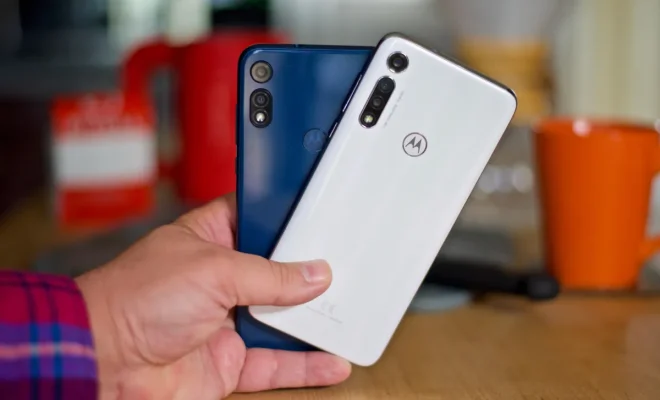What Is Gap Insurance & Who Needs It?

Introduction
Gap insurance is a type of car insurance that comes in handy for many people, but not everyone understands what it does and who needs it. In this article, we will delve into the concept of gap insurance, its benefits, and those who should consider purchasing it.
What Is Gap Insurance?
Gap insurance, also known as Guaranteed Auto Protection or Guaranteed Asset Protection insurance, is a coverage that helps individuals pay off their auto loan if their vehicle is stolen or declared a total loss after an accident. This coverage fills the “gap” between the actual cash value (ACV) of your car and the outstanding balance on your auto loan at the time of loss.
How Does Gap Insurance Work?
To understand how gap insurance works, let’s look at an example. Imagine you purchase a new car for $30,000 and finance it with an auto loan. Over time, the value of the car depreciates due to factors like age, mileage, and normal wear and tear. After one year, your car’s ACV might be $24,000, but you still owe $27,000 on your auto loan.
If your car gets stolen or totaled in an accident at this point, your comprehensive or collision insurance would pay based on the ACV ($24,000). However, you would still have to pay the remaining $3,000 balance on your auto loan. This is where gap insurance comes in – it covers the difference between the ACV and your outstanding loan balance.
Who Needs Gap Insurance?
While gap insurance can be beneficial in specific circumstances, not everyone needs it. Here is a list of situations where having gap insurance might be necessary:
1. Those with financed or leased vehicles: If you have a significant auto loan or lease with little to no down payment made initially, consider purchasing gap coverage.
2. New car owners: New cars tend to depreciate faster in the initial years, which can result in a larger gap between the ACV and the loan balance.
3. High mileage drivers: Those who drive their cars more than average are prone to higher depreciation rates, making gap insurance a good choice for them.
4. Vehicles with rapid depreciation rates: If the model of your car is known for depreciating quickly, gap insurance could offer you financial protection.
5. Long-term loans: Car owners who have auto loans with terms longer than 60 months should consider gap coverage, as it may take longer to reach a point where the loan balance is lower than the car’s value.
Conclusion
Gap insurance can be a financial lifesaver for individuals at high risk of facing financial burdens in case of theft or a significant accident. However, if you have already paid off your auto loan or your vehicle’s value remains above your outstanding balance, gap insurance may not be necessary. Before purchasing any coverage, consider consulting with an insurance agent to help you determine whether gap insurance is suitable for your needs.



